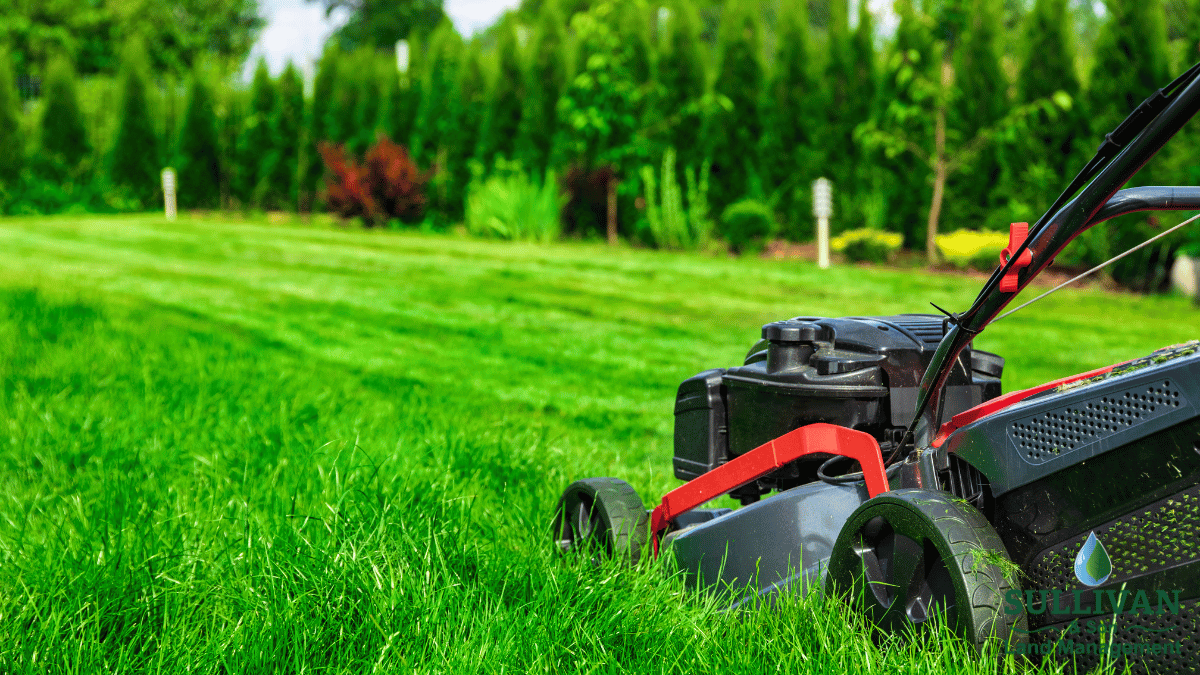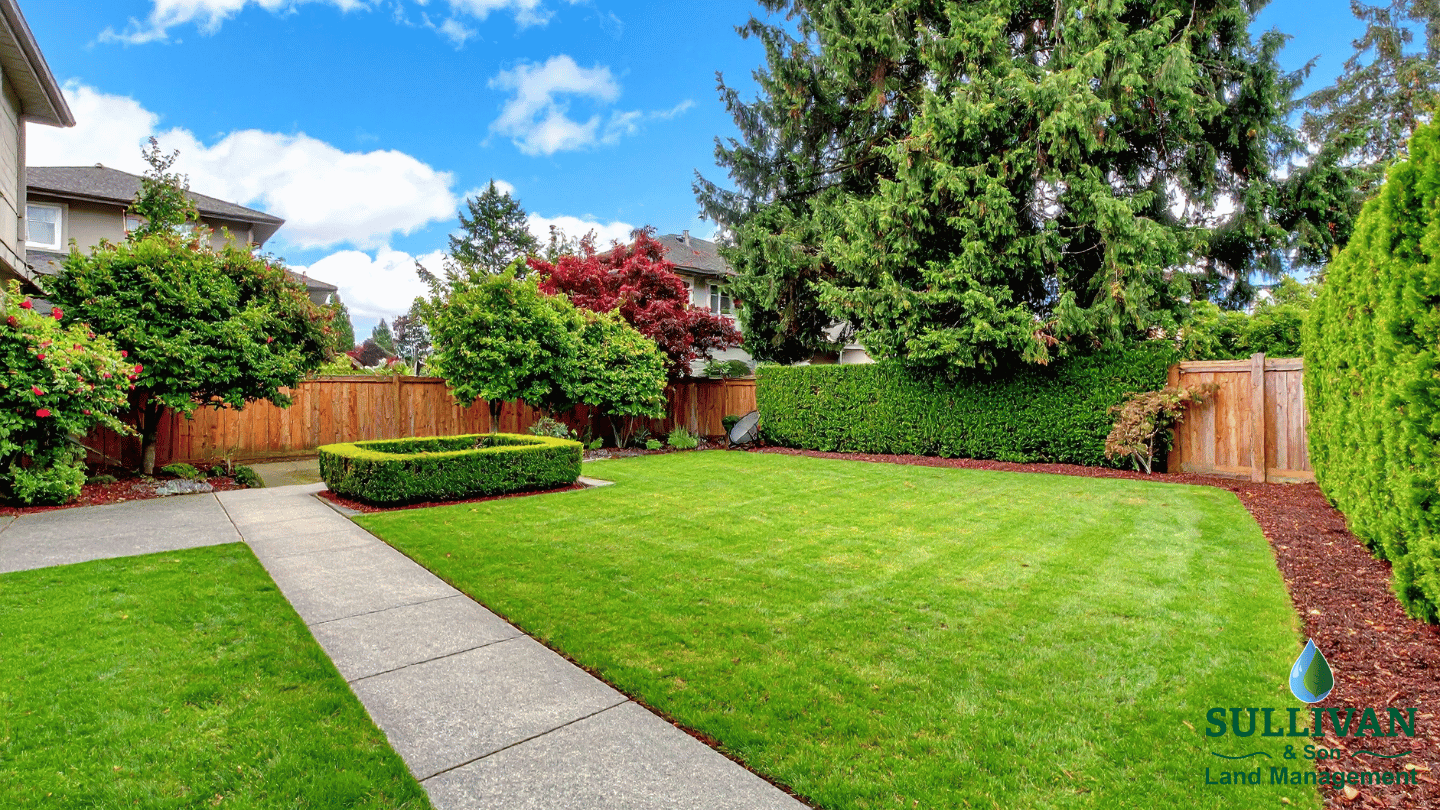You know that neighbor who has a perfect lawn from May through October, while yours is hobbling along with some thin patches and mystery brown spots? They’re most likely nothing magical — they are simply emphasizing the three basics that, in fact, do make a difference: fertilization, aeration and pest prevention. Get them right, however, and your lawn ceases to be a source of continual frustration and becomes something you can actually enjoy.
Fertilization Suffices to Keep Your Grass Truly Fed
Your soil in and around Norwalk doesn’t have the luxury of providing grass with all that it wants. Think of fertilizer as making up the difference. It’s the nitrogen that keeps lawns green and growing strong. Phosphorus grows root systems that can take a beating without falling to pieces. Potassium builds turf that will stand up to heat, cold and foot traffic without going brown and patchy.
Timing is more important than most people appreciate. Feeding in spring fuels new growth after a even if theres a layer of snow on the ground. The fall feeding — the frankly more necessary one — is intended to help your lawn recover from summer heat and condition roots for cold weather. It’s that fall application that separates lawns that come back heavy in April from feeble, speckly ones until late May.
The thing is, too much fertilizer is even worse than none at all. We’ve witnessed lawns killed by heavy applications, and the runoff is not good for local streams. A soil test lets us know exactly what your lawn is missing so we're not dumping phosphorus on ground that is already saturated with it. You have a better result and you’re not throwing money down the drain of trying to feed these nutrients that are already sitting there.
Aeration Corrects the Issue You Can’t See
Compaction is soil’s invisible killer. You walk on it, mow it, kids and dogs play on it — over the years, you pack the soil so tightly that roots can’t grow long enough to find the nutrients or water they need to survive. Fertilizer sits atop the packed down ground in most situations, because your turf’s root zone is too shallow to absorb what. You end up with struggling grass no matter what else you’re getting right.
Aeration lifts tiny plugs of soil from the ground, opening up channels for air, water and nutrients to flow into. It’s unsightly for a week or two as those plugs break down under your grass, but underneath you’ve given your lawn some room to breathe. The best time to aerate here is fall — cooler temperatures help the grass rebound, and you have all of the fall season for roots to grow down deeper before winter. If your lawn takes a pounding from kids or dogs, early spring aeration is beneficial as well.
Planning to overseed? Aerate first. Seeds need good ground contact if they’re going to germinate, and aeration results in thousands of little points for seeds to snuggle down into rather than simply resting on top waiting to wash away.
Preventing Pests Keep Damage From Going to Show Time
Pests can ruin even a well-fed, well-aerated lawn. Around here, the greatest threat is grubs, larvae of a beetle that chew their way through grass roots underground. By the time you see the damage (brown, spongy sections that peel back like rotten carpet), they’ve already inflicted serious harm. Early-summer treatments knock them out before they multiply. You see chinch bugs and sneaky fungus pay a visit, especially during one of those muggy July runs when the humidity slogs around for days on end.
The key is catching problems early. A small problem is containable — you see some grubs, you deal with it. A full-blown infestation? That is costly and annoying to repair.
Here’s the good news: A vigorous lawn naturally resists pests more effectively. It’s analogous to having a healthy immune system versus an impaired one. A lawn that has been well fed and aerated can withstand small insults without collapsing. Pest prevention isn’t about carpet-bombing everything with chemicals — it’s about establishing turf that doesn’t roll over at the first sight of trouble.
How It All Fits Together
Fertilization feeds the grass. It needs to aerate and breathe in what it requires. Pest prevention is insurance for everything you are building. With all three, you’re not just nurturing your lawn to keep it alive — you’re making it resilient. The turf thickens and crowds out weeds, naturally. It survives summer heat without browning out. It resists wear and tear better. And you waste a little less time staring at dead spots thinking, What went wrong?
We’ve been dealing with Norwalk lawns long enough to know what works here and when to use it. If your lawn has been knocking on death’s door or you’re tired of searching for an answer, we can formulate a plan based on your property instead of the one-size-fits-all programs — just practical care sited to what your lawn actually needs right now.

.jpeg)


